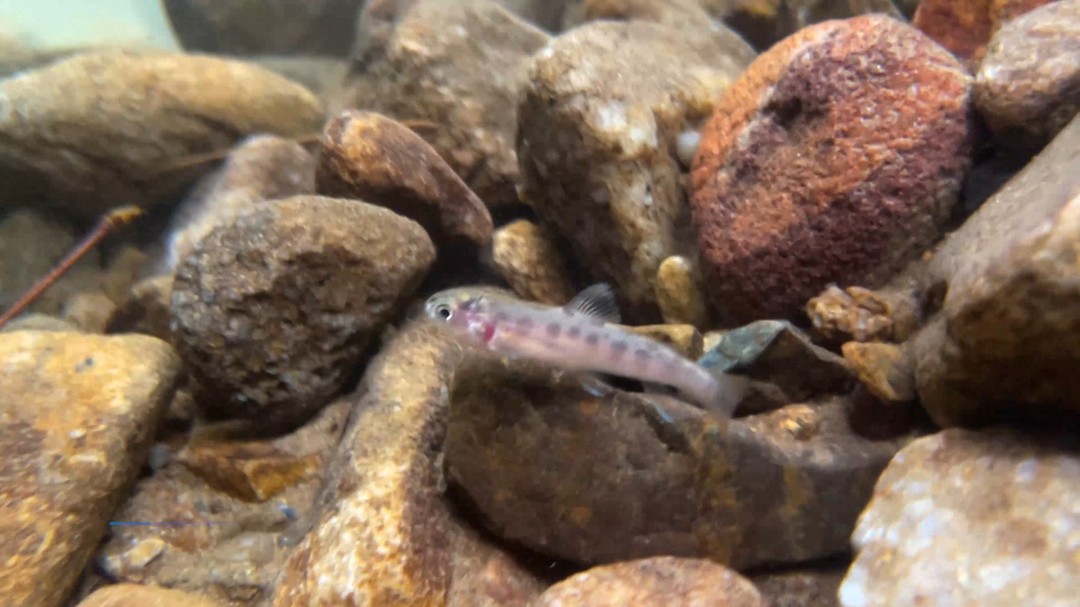- The importance of the Southern Appalachian Brook Trout and its native habitat
- The efforts of the Tennessee Aquarium Conservation Institute in brook trout conservation
- The ecological significance of reintroducing native species
- Challenges in wildlife conservation and the role of community engagement
- Long-term impact and the future of conservation initiatives for Southern Appalachian Brook Trout
The Southern Appalachian Brook Trout holds a special status as Tennessee’s only native trout species. This small, often vibrant fish inhabits the Appalachian Mountains’ cold, clear, and fast-moving streams. However, its existence has been threatened by many environmental challenges, ranging from habitat degradation to competition with non-native species. Efforts to conserve and restore brook trout populations are crucial in maintaining the ecological balance and biodiversity within these freshwater systems.
In an ambitious move marked by dedication and strategic conservation planning, the Tennessee Aquarium Conservation Institute embarked on a journey deep into the mountains on the Tennessee-North Carolina border. Their mission was to release over 80 juvenile Southern Appalachian Brook Trout into a pristine stream, a tributary of the Nolichucky River. This marked a new chapter in their ongoing conservation efforts, representing the furthest north release site to date. The Institute aims to reclaim and re-establish the trout’s historic range by targeting new locations, ensuring the species’ survival and genetic diversity.
The ecological significance of this operation is immense. Reintroducing the native species into the heart of their ancestral waters supports the trout and the intricate web of life that thrives in these aquatic ecosystems. Brook trout are considered indicator species; their health reflects the overall condition of their environment. By ensuring these fishes’ survival, conservationists are simultaneously monitoring and enhancing the quality of the aquatic habitats.
However, such conservation initiatives are not without their challenges. Ensuring the success of these trout requires an acute understanding of the species’ life cycle, habitat requirements, and potential threats. The Tennessee Aquarium Conservation Institute has to navigate through various factors such as adequate stream temperature, water chemistry, and habitat structure, which are all vital for the brook trout’s growth and reproductive success.
Introducing baby brook trout into the wild is further complicated by competitive non-native trout species, which can dominate food resources and spawning areas. Conservationists must then embark on carefully planned stocking strategies that consider the capacity of the habitat and the existing fish communities to foster a harmonious ecosystem that supports brook trout.
Community engagement also plays a pivotal role in conserving the Southern Appalachian Brook Trout. Conservation programs employ education, involving local populations in conservation efforts, and fostering a sense of stewardship to build a sustainable future for these species. Citizen scientists, anglers, and volunteers are often involved in monitoring released fish and advocating for the protection of waterways.
Looking toward the future, the long-term impact of these conservation efforts appears promising. With continued research, persistent conservation practices, and ongoing community support, there is hope that the Southern Appalachian Brook Trout will once again thrive across its native range. The success of programs like the one spearheaded by the Tennessee Aquarium Conservation Institute serves as a beacon of hope for wildlife enthusiasts and conservationists alike. It highlights the possibility of reversing the decline of fragile species through meticulous planning, adaptive management, and unwavering commitment to ecological preservation.
In sum, the journey of these more than 80 baby Southern Appalachian Brook Trout from the conservation lab to the mountainous streams represents more than just a relocation; it symbolizes a meticulously orchestrated stride in the ongoing battle to protect and revitalize native species. As these trout grow and spawn, they carry the collective efforts of conservationists, communities, and all who value the biodiversity of our natural world. Through these persistent endeavors, the sparkling waters of the Appalachians may once again teem with the native brook trout, an irreplaceable treasure of Tennessee’s natural heritage.
*****
Source Description
In early May, the Tennessee Aquarium Conservation Institute traveled more than 200 miles — deep into the mountains on the border between Tennessee and North Carolina — to release more than 80 baby Southern Appalachian Brook Trout into a beautiful stream!
This waterway is a tributary of the Nolichucky River, which flows farther north than previous release sites. Targeting a new location is a significant milestone in the effort to reclaim the historic range of Tennessee’s only native trout species!
class=”instagram-media” data-instgrm-permalink=”https://www.instagram.com/reel/C7SBE8-xqbl/” data-instgrm-version=”14″ style=” background: border:0; border-radius:3px; box-shadow:0 0 1px 0 rgba(0,0,0,0.5),0 1px 10px 0 rgba(0,0,0,0.15); margin: 1px; max-width:540px; min-width:326px; padding:0; width:99.375%; width:-webkit-calc(100% – 2px); width:calc(100% – 2px);”>

